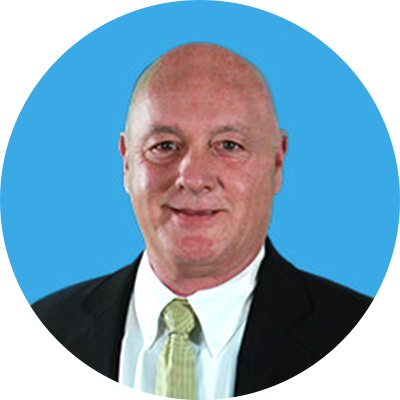It goes without saying that tired employees are less effective at work, but in some cases, excessive sleepiness is downright dangerous. No matter the industry, sleepiness can cause injuries to occur in the workplace because of additional errors, slower reaction time and poor judgement. Injuries in the workplace can also occur when someone believes they are able to handle important tasks, even though they’re not.
According to the National Sleep Foundation:
- Highly sleepy workers are 70 percent more likely to be involved in accidents than non-sleepy workers.
.jpg?width=300&name=GettyImages-533443889%20(1).jpg)
- Workers with chronic insomnia (difficulty getting to or staying asleep) are far more likely than well-rested individuals to report industrial accidents or injuries.
- People with excessive sleepiness who also snore (a potential sign of sleep apnea) are twice as likely to be involved in workplace accidents.
Devastating Effects
On a larger scale, sleepiness is thought to have played a role in some of the most devastating disasters in history.
- The two engineers involved in the nuclear plant disaster at Chernobyl, which took place at 1:30 a.m., had been working more than 13 hours.
- Overnight shift workers failed to notice the Three Mile Island nuclear power plant had lost coolant, which caused a near meltdown at 4:00 a.m.
- When the Exxon Valdez oil tanker ran aground in Alaska, the third mate was allegedly sleeping at the helm, which is why he was unable to turn the boat back in time to avoid a collision.
Expert Guidance
The National Sleep Foundation recommends that adults sleep between seven and nine hours every night. But according to a Ball State University Study, more than one in three working adults in the U.S. aren’t getting enough sleep. Largely because of irregular and extended shifts, professions with the highest prevalence of sleep deprivation in 2018 were:
- Police and military (50%)
- Health care support (45%)
- Transportation and material moving (41%)
- Production occupations (41%)
When employers partner with Professional Employer Organizations (PEOs), their employees are covered by workers’ compensation insurance. As a part of the PEO bundle, employers also receive on-site safety guidance and training to identify all types of workplace hazards, create a culture of safety best practices and prevent accidents in the workplace. A safe workplace helps employers attract and retain top talent by giving them peace of mind, which contributes to overall company success.
FrankCrum’s HR outsourcing solutions include payroll processing, HR support, HR technology, employee benefits programs, benefit administration and access to a team of employees that becomes an extension of your team. If you’re considering human resources outsourcing, give FrankCrum a call today at 800-277-1620.





